Scotland 2017: A kangaroo cousin looks at the Saltire
In June 2017 Di and I left Sydney and spent two weeks in Amsterdam and then ten days touring around the Scottish Highlands. As much for myself as anything else, I decided to set out my impressions and thoughts of Scotland in this period of great uncertainty about the future of the place I was born.
In the canal house flat where Di and I spent most of our time in Amsterdam we had access to four BBC TV channels, including BBC World News. English newspapers were also available from a number of bookshops. The Times did a same-day European edition, while the Guardian and the Observer were a day late. The news was dominated by the twists and turns of the Brexit negotiations, the wash-up from the Grenfell Tower fire, the weather (in Britain, it’s always about the weather) and for some light relief, Glastonbury and Wimbledon. There was very little news about Scotland.
In Scotland, we spent time with four of my cousins and their partners. Brexit didn’t really ever come up in the conversations we had. I detected a sense of inevitability about it—even though it was obvious that no-one could foresee exactly what it would be or how it would affect them. My overriding impression was of Scotland being a passenger in a slow motion car crash happening in dense fog.
After the prosperous and convivial atmosphere of central Amsterdam, with its cobbles, canals, outside bars, swarms of well-scrubbed tourists and fleets of retro bicycles pedalled by tall, tanned, healthy Dutchies, arriving at Glasgow Airport was a real shock.
The terminal was shabby compared with Amsterdam’s gleaming Schiphol and people in the passport queues and in the terminal looked poorer—less healthy and less well dressed.
We fronted the car hire desk and after a bit of haggling, settled on a just returned Mercedes B190 diesel. Driving out (and into) Glasgow Airport is like navigating a maze—with very few signs—but eventually I managed to get us over the Erskine Bridge and on the road to Loch Lomond and the north.
Half-way up Loch Lomond we grabbed a quick coffee in the Slanj bar, a gloomy, converted church in Tarbet, then on through the enduring natural magnificence of Glencoe to Ballachulish, the bridge over Loch Leven and up the side of Loch Linnhe to Fort William.
Lochaber
My cousin Joan and her husband John run three properties in or near Fort William. First there’s their residence, The Grange, a magnificently restored Victorian townhouse with a turret, set in grounds overlooking the loch. It’s rated highest quality, 5 Star Gold, by Visit Scotland, was the winner of the ‘Most Hospitable Bed and Breakfast’ at the 2016 Highland and Islands Tourism Awards and holds numerous other awards.
Then there’s The Old Byre, a self-contained converted croft next to Joan’s mother’s house at Blarmachfoldach, up in the hills about three and a half kilometres from the town centre. And finally, there’s West Lodge, a refurbished two bedroom Highland cottage on the main road into town.
We had been due to stay in the main house, but a late cancellation meant the West Lodge was available for the four nights we were in town—and it turned out to be absolutely stellar. That first night Joan cooked us dinner and we talked about what we might do over the following few days—weather permitting. Did I mention that in Scotland it’s all about the weather?
The forecast was promising and John—a builder by trade and a part-time fireman—said we were lucky and proceeded to regale us with a tale of how atrocious the weather had been the previous week (this was in June mind!). John had been one of the drivers for a team of five fellow Fort William firies as they attempted the Three Peak Challenge. The task is to climb the three highest mountains in Scotland (Ben Nevis), England (Scafell Pike) and Wales (Snowden) within 24 hours. The team managed it in just under twenty hours but as climber Iain Henderson told the Lochaber Times later that week, ‘It was horrendous. The weather when we got to the top of Ben Nevis was just unbelievable—it was so windy people were almost getting blown over. It poured with rain the whole time, at every peak it was raining. You would normally get a break from it, but we didn’t at all.’
After a great night’s sleep in our stylish but cosy cottage, we were up and on the road to the isles in the morning. First port of call was the fairy-tale Eilean Donan Castle, looking spectacular against the bright blue sky with the Cuillins of Skye shimmering across Loch Alsh. Inside, the Macrae family had renovated the rooms about a hundred years ago and while the bedrooms were small, the great hall and the kitchens were impressive.
Off the main road to the right and up over the hill on a single track road took us to Plockton on Loch Carron, famous as the location of the BBC TV series Hamish Macbeth. Try as we might—and we walked the length of the main street alongside the harbour—we could find no mention of Hamish anywhere in the picturesque village. While it was good to realise the place hadn’t been turned into a Hamish theme park, one felt it was something of a missed opportunity. Whatever, the Plockton Inn and the Plockton Hotel were both doing a busy trade in lunches and Calum’s Seal Tours was packing them in for its twelve pound one-hour boat cruises (no seal sighting, no charge) so maybe they didn’t really need Hamish after all. (No sign of Wee Jock—or any other West Highland terrier—there either.)
Up the hill out of Plockton we turned right at the charming little village of Duirinish and then along the coast—with spectacular views across the sea to the island of Raasay—to Kyle of Lochalsh and the bridge to Skye. Cousin Joan had told us the night before that Skye was booked out through till October and there were certainly a large number of cars, campervans and caravans parked in Kyleakin on the Skye side of the bridge. We crossed the bridge and drove down the road a while and then, with time getting on, decided we should start thinking about getting back. We could go back over the bridge, I said. Or we could take the short car ferry to Glenelg. The sun was still shining and it didn’t look far on the map, so after a couple more kilometres we hung a left and headed for the ferry terminal at Kylerhea. Well, it might not have looked far on the map, but for the most part it turned out to be a rather hair-raising, twisting and turning single-track road along the side of Sgurr na Coinnich. Fortunately there weren’t too many cars coming up from the ferry and eventually the road started to descend and we were rewarded with a spectacular vista of Glenelg Bay and the mainland mountains beyond.
The ferry itself—the Glenachulish, which used to operate across Loch Leven between Ballachulish and North Ballachulish before the bridge was built—is a community-run endeavour that shuttles across the narrow strait between Kylerhea and Glenelg from Easter till October. Billed as the very last manually operated turntable ferry in the world, on this day it was operated by three ferrymen and two border collies. The two collies are Nak (1st Rope Dog, with his own Facebook page here) and Kim. The trip only took five minutes but it was an absolutely delightful experience.
On the other side, the road wound up Glen More and through the Ratagan Forest with a spectacular view of the Five Sisters of Kintail (five mountain peaks just east of Shiel Bridge) on top of the ridge before another steep descent. And that was quite enough stunning scenery for one day!
The next day we met my cousin Alan and his wife Janice for lunch at the Laroch Bar and Restaurant in Ballachulish. The kitchen at the Laroch is run by a Michelin Star Chef Allan Donald and the food in the bar was excellent. Alan, a mad keen Celtic fan, was exulting over the elimination of Celtic’s deadly rivals Rangers from the Europa League overnight by a bunch of part-timers from Luxemburg. A few pleasantries were exchanged with friends at the bar, but nothing too serious.
Billed as the very last manually operated turntable ferry in the world, on this day it was operated by three ferrymen and two border collies.
Alan surprised me by telling me he and Janice had recently become vestry members (parishioners who look after the church building and grounds) at St Paul, the Scottish Episcopal Church in Kinlochleven where I was baptised. When we moved to Corby in England, I attended some lessons at the local Anglican church as a twelve year old in preparation for the ceremony of confirmation but even at that tender age—the age of reason—I nurtured reservations about the existence of God, missed a couple of sessions and was eventually told by the vicar that he wasn’t going to put my name forward. I guess that had the effect of confirming my agnosticism and subsequently I have never embraced the Christian faith—or any other religion.
I had never thought of my father’s side of the family as having been particularly religious. Our family attendance at church services petered out during the time we lived in Corby. It was news to me that the Robertsons and the Reids—prominent among them my grandfather W.B. Robertson—had been pivotal in building the church in Kinlochleven. Although I was barely conscious of it, the family connection obviously runs deep. W.B. and my grandmother Ann are buried in the Episcopal church of St John’s Ballachulish, just west of the village on the shore of Loch Leven. Looking east from the graveyard is a beautiful view across the water to the Pap of Glencoe. And my parents were married in the strikingly pretty Episcopal church of St Andrew in the High Street, Fort William (a Tesco supermarket is now next door.) With the depopulation of Kinlochleven after the closure of the aluminium smelter in the 1990s, the congregation at St Paul has dwindled and there is now a service there only every six weeks or so.
It was also news to me—when later I read a bit about of the history of the Episcopal Church—that 70 per cent of the Highlanders who fought for Bonnie Prince Charlie at Culloden in 1746 were members. And that following the Prince’s defeat, its churches were burned and under the promptly established Penal Laws, its clergy was forbidden to preach to more than four people at a time under threat of banishment or imprisonment.
As we enjoyed our lunch and conversation, an old man shuffled into the bar and sat down at the table next to us. He was obviously a regular because the young barmaid came promptly to his table with a dram of whisky, a beer chaser and a kind word. It was warm outside, but he was well wrapped up and when one of the men at the bar stopped for a brief chat on his way out, I could see the light in his eyes was dimmed.
That night, Joan and John took us to their favourite eatery in the district, Russell’s at the Smiddy at Spean Bridge, 16 km north of Fort William. A top notch dining experience—pre-dinner drinks in the lounge with Glen playing the role of maître de, then into the tastefully decorated restaurant as partner Russell cooked up a storm out the back. I had the Scotch fillet and it was up there with the best steaks I’ve ever had.
The following day dawned overcast and cool—three sunny days in a row being too much to hope for in the Highlands—and with nothing else planned, over morning tea at the Grange we decided to see if we could locate my other grandfather’s grave. My mother’s father, Donald Maclean, drowned in Glen Nevis in mysterious circumstances in 1932, when my mother was eleven months old.
Although I had details of his death, finding Donald Maclean’s final resting place proved to be a fruitless exercise. The local council had details of most of the graves in the district, but his name wasn’t in their records. Neither did it come up in the Catholic parish records. The death certificate did have the place of death recorded as the Roaring Mill, a section of the River Nevis that tumbles over a series of large rocks just outside the town at the entrance to Glen Nevis. We went for a look the next morning as we left town on our way to Elgin. It looked and sounded pretty fierce. This was high summer and he died in March, when the river would have been cold and icy. He lost a leg in the First World War. Did he slip—or did he jump? I’ll never know.
* * *
Moray
North up the Great Glen we drove, alongside Loch Lochy, Loch Oich and Loch Ness, through the roundabout nightmare of Inverness and out the other side into the lush pastures of Moray (pronounced Murray). This was a part of Scotland I’d not been to before and it was quite a surprise.
Just after Nairn, we came across Brodie Countryfare, a huge shopping complex on the A96. Joan had tipped us off about it so we parked the car and headed inside to browse the department store-like spread of Scottish gifts, homewares and mens and ladies clothing. It’s developments like these (and there’s another one just outside Perth called the House of Bruar) that are killing the High Street shops of the smaller Scottish towns—which many think is a pity, but as a traveller, there’s really no comparison.
Onto our bed and breakfast, Ardgye House just outside of Elgin. A two-storey 1904 Edwardian country house on large grounds, it looked great on the Internet and the downstairs reception rooms were impressive, but unfortunately we were to discover that the beds and bathrooms really let it down. Maybe the West Lodge had spoiled us.
My cousin Jan, husband Sandy and their family had lived just south of Elgin for ages and her brother Roddy and his wife Carol had moved from Neilston outside Glasgow to Garmouth just east of Elgin at the end of 2016. We arranged a cousin congress in the Drouthy Cobbler, an ancient pub with bar and restaurant down a narrow close in the centre of Elgin.
I’d spent quite a bit of time with Roddy, a former fireman and fire union official, two years previously while I was researching my TV script about Scottish socialist John Maclean. Family aside, we found we had a lot in common, from politics, to football, music, photography and aye, even ancient monuments. I’d met Jan the previous year, when Roddy organised a big family dinner in Glasgow’s Merchant City—she and Di hit it off immediately. The craic that night was great and so it proved again in the Drouthy Cobbler (the thirsty shoemaker), where despite the lack of shoemakers, plenty of thirsts were quenched.
As the evening drew to a close, a big question I had was, ‘Where are we going to watch the final All Blacks—Lions test?’ That’s no problem, laughed Jan, come to our place. Jan’s daughter recently moved to New Zealand and as Warren Gatland in his wisdom had declined to pick any Bravehearts in the Lions team (despite them finishing second in the Six Nations) the next morning the whole house was solidly behind the men in black. Not that it helped as the Blacks bombed try after try and the Lions kicked their way from behind for a barely deserved draw.
No time to dwell on it though, as we were off to the Highland Games at Forres, about eighteen km west of Elgin. Despite the pleasant weather and the picturesque setting, the event was something of a disappointment. The food stalls were pretty basic—no Scotch pies! —and most of the action inside the ring was running races and it wasn’t until the massed pipes and drums got going that the day attained any real atmosphere.
Roddy and Carol were going to meet us there, but I called and told them not to bother paying the admission price and that we’d meet them outside. I’d read a lot about the alternative community of Findhorn over the years and as it was a mere six kilometres up the road, I suggested we go and have a look.
The community was founded by Peter and Eileen Caddy and Dorothy Maclean in 1962. It has grown around the Findhorn Foundation, and comprises an experiment in conscious living, an education centre and an ecovillage.
The website of the Findhorn Foundation describes it as ‘a dynamic experiment where everyday life is guided by the inner voice of spirit, where we work in co-creation with the intelligence of nature and take inspired action towards our vision of a better world. We share our learning and way of life in experiential workshops, conferences and events that take place within a thriving community and ecovillage.’
The website of the Findhorn Foundation describes it as ‘a dynamic experiment where everyday life is guided by the inner voice of spirit …’
The Park, an ecovillage off the road to the right just before the original village of Findhorn, is nestled amidst dunes and forest, bay and beach and is home to a community of around five hundred people. We had a coffee at the Universal Hall—where I noted upcoming performers included legendary Shetland fiddler Aly Bain and renowned Scottish folkie Dougie Maclean—and wandered around the site for a couple of hours, admiring the houses, a couple of which were for sale. I did wonder about the economy of the community—how people earned a crust. The notices in the village shop gave something of a clue—lessons in how to play musical instruments, languages, Pilates and yoga, but the Foundation website gives a stronger suggestion when it talks about the ‘thousands of fellow-adventurers from all over the world (who come) to participate in … workshops, conferences and special events’.
The next day, Roddy and Carol picked us up and drove us to Logie Steadings, south of Forres. Steadings are stables and the owners of Logie House had converted their steadings into a charming, low-key collection of shops (bookshop, arts and crafts, gifts) with a courtyard and a café. There’s also a colourful walled garden and the house itself, white and impressive but not open to the public. The house was built by a Mr Grant, inventor of the digestive biscuit, and the young River Findhorn runs through the property. A very pleasant way to spend a Sunday afternoon. That night we took Roddy and Carol out to dinner at the Duffus Inn (pronounced Duff-us, not Doof-us we learned).
A sign outside the pub said ‘Gordonstoun ¾ mile’. Yes, the school that Prince Charles went to (and which he memorably called ‘Colditz in kilts’). I was interested to discover that Prince Philip also went there and Princess Anne’s brood as well. The school was founded in 1934 by German Kurt Hahn and was a blend of the British private school ethos (Hahn attended Eton and Oxford) with a philosophy inspired by Plato’s The Republic. There is an emphasis on physical education, challenging outdoor activities and service to the community (the school’s Moray Badge was the inspiration for the Duke of Edinburgh Award).
With its strip of fertile farming land along the coast, Moray reminded me of the west country of England—especially Somerset. There seems little appetite for Scottish independence in Moray. The Yes vote in the independence referendum was 42 per cent (against a Scotland-wide figure of 45) and Moray also voted 49.9 per cent for Brexit (Scotland as a whole only 38 per cent). Then in June’s UK general election, the electorate turfed out Angus Robertson, the sitting Scottish National Party leader in Westminster, in favour of a pro-union Conservative MP.
With its strip of fertile farming land along the coast, Moray reminded me of the west country of England—especially Somerset.
I wondered whether the royal family’s deep links to the area was a factor in this. The concentration of military personnel and their families around the RAF base at Lossiemouth and the army base at Kinloss (formerly an RAF base) almost certainly is. In fact according to a 2010 report, including both military and civilians, the RAF bases at Lossiemouth and Kinloss accounted for 16 per cent of adult employment in Moray. The figure didn’t include military spouses. That’s a big slice of the county.
Monday was our last day in Moray. Roddy had a friend up from Paisley, a fellow fireman called Billy who’d persuaded him to join him in a paddle down the River Spey in a two-man kayak. Jan had invited us all to her place for dinner, so during the day we decided to have a look at a couple of towns on the coast—Burghead and Lossiemouth. Burghead juts out into the Moray Firth and on the headland sits the whitewashed visitor centre with a small museum inside and a viewing platform on the roof. Whales and dolphins can often be seen with the large fixed telescope there and as it was a bright sunny day, I could also see a cluster of oil rigs sitting idle in the Cromarty Firth way off to the west, either undergoing repairs or just quietly waiting for offshore oil drilling to become profitable again.
Over fifteen hundred years ago there was a great Pictish fort at Burghead. When the current town was built in 1808, a well within the boundary of the former fort was selected as its water source. Excavations revealed a mysterious solid rock chamber, with a flight of stone steps leading down to it. Some speculate it was a shrine to Celtic water deities, others a Pictish cult centre converted to a Christian baptistery. Access to the well is in a backstreet of the town and the entrance gate is padlocked, so we got a key from the visitor centre and went for a look. The stone steps are steep and once inside the water comes right up to the bottom step. There is a skylight at the top of the chamber so you can see the impressive scale of the chamber. It’s quite a spooky place.
East along the coast, the road goes around the large RAF base to the sizable town of Lossiemouth, where perhaps unsurprisingly the River Lossie flows into the sea. Again a headland juts into the Moray Firth and on both sides are white sandy beaches. The first Labour prime minister of Great Britain, Ramsay Macdonald was born here and the upstairs floor of the town’s Fisheries and Community Museum (admission one pound fifty) includes a reconstruction of his study as well as other items. He was born ‘on the wrong side of the blanket,’ one of the three elderly men in attendance confided to me as he showed me round the exhibit. ‘He certainly went a long way from that start,’ I said.
Dinner at Jan’s was a big production. Her youngest son Rowan plays bass in a ceilidh band called Footerin’ Aboot and after a quick rehearsal in the living room they were the first sitting for dinner before heading off for a gig that night. A deeply sunburnt Roddy arrived (with Carol and Billy) and regaled us with the tale of the kayak trip down the Spey. Roddy is a keen fisherman and the spectacle of a succession of Hooray Henrys salmon fishing on the banks made a real impression—in particular the sight of the toffs eating their lunches on picnic tables and chairs while the gillies ate theirs on the ground a suitable distance away. The class divide as strong as ever it was.




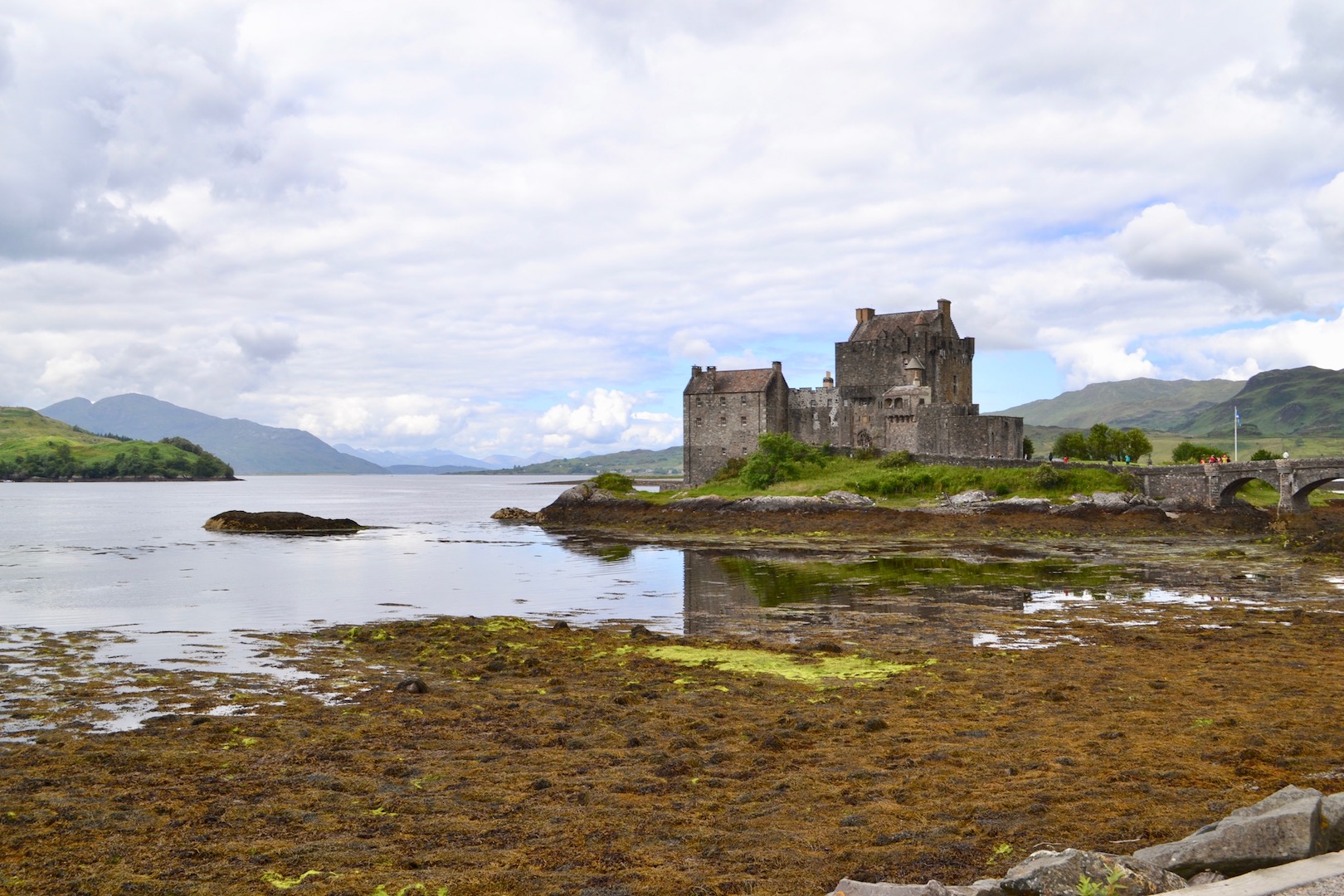
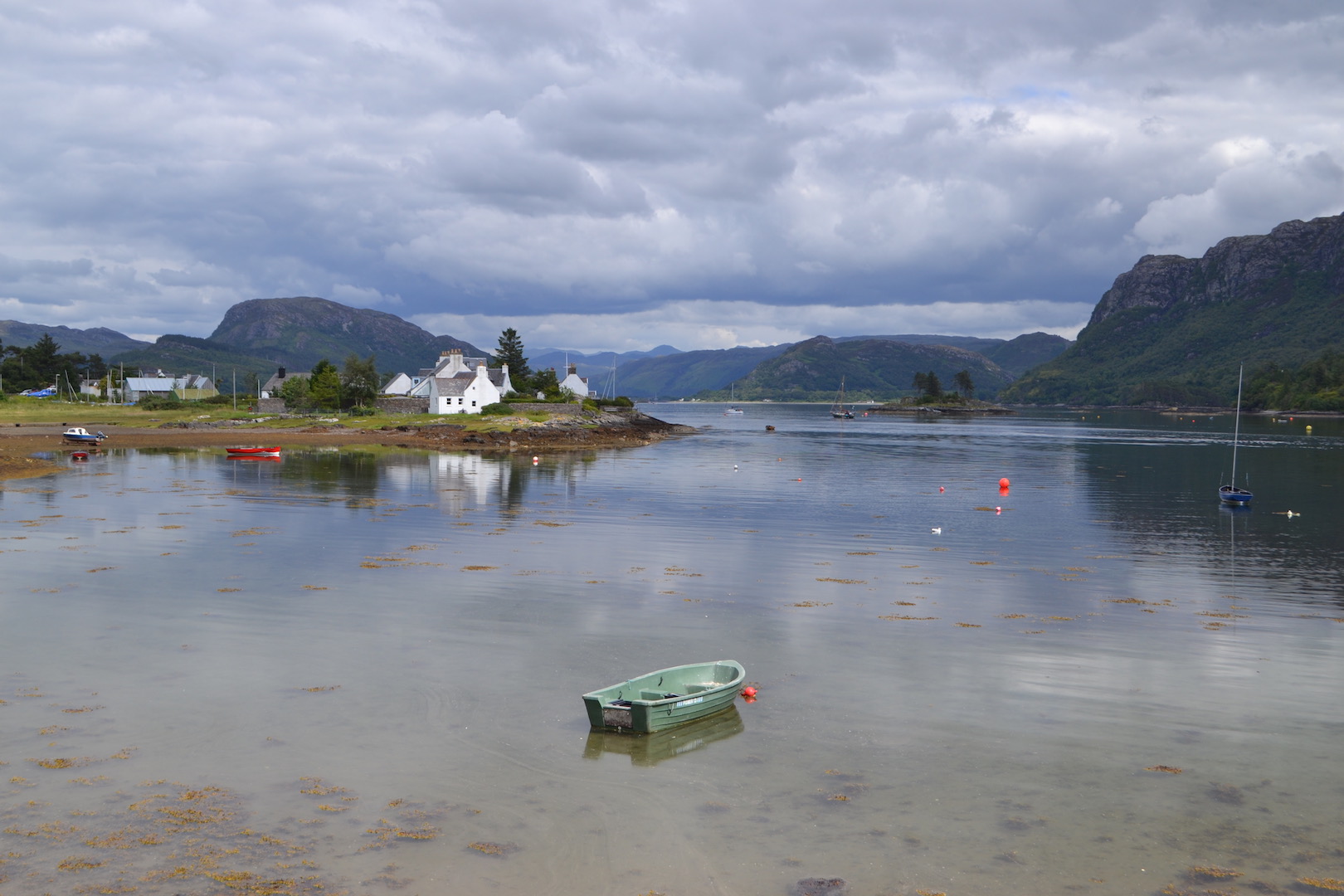
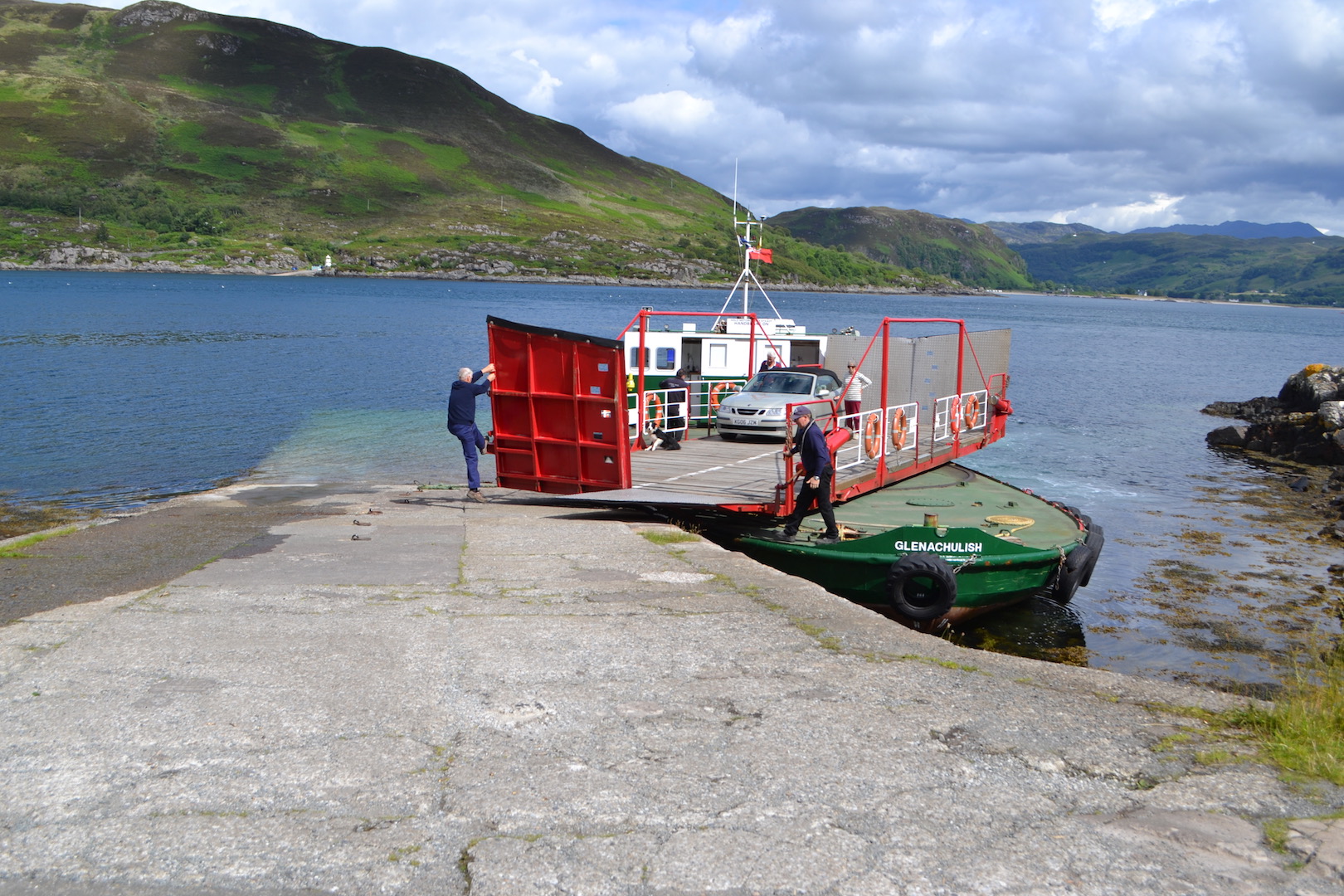

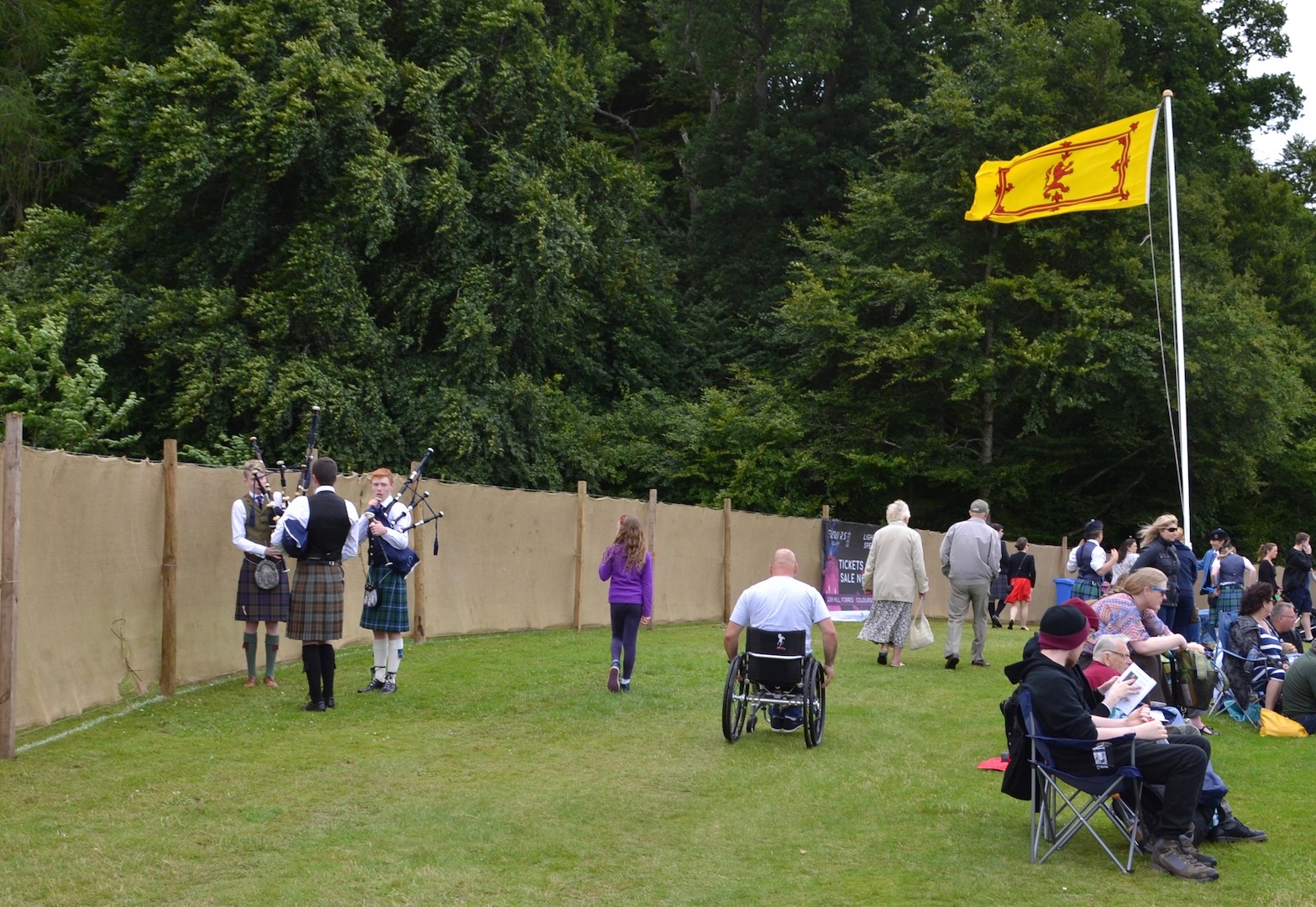


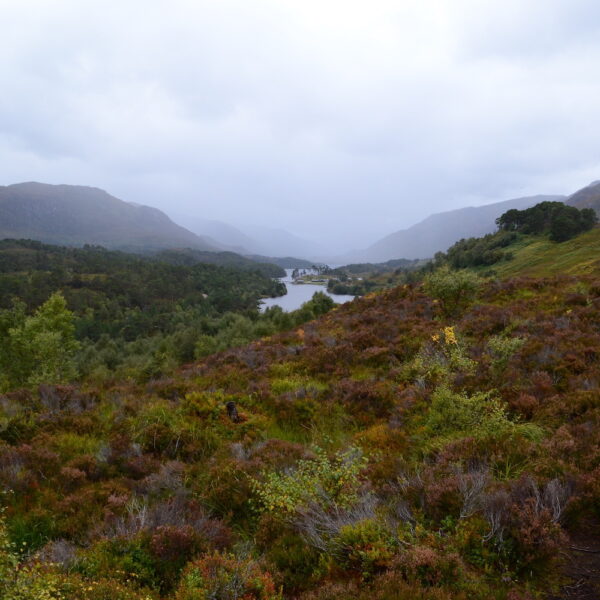
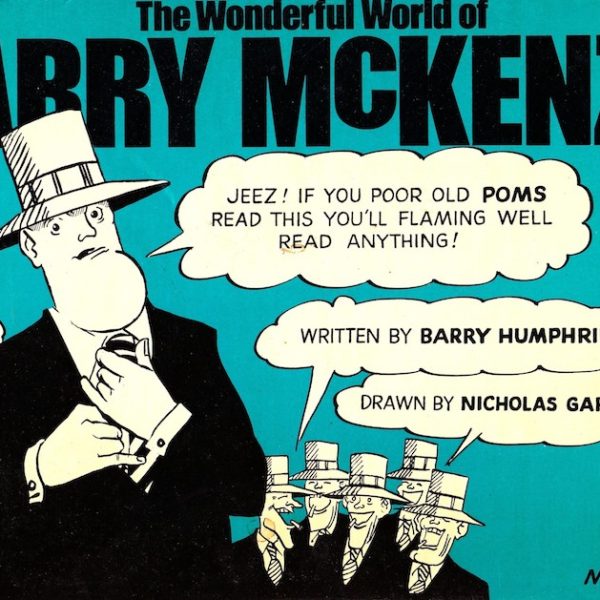
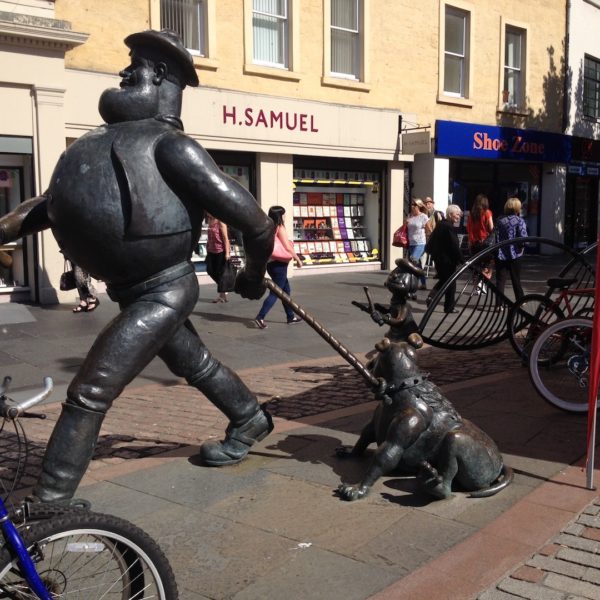
Great post Donald. Very interesting insights into Scotland 🙂